

Do You Know Why There Is A Need To Develop Standards In The Field Of Medical Marijuana?
When medical cannabis first entered the public conversation, one of the biggest concerns was quality control. People didn’t know what they were consuming — potency varied wildly, contaminants slipped through, and even well-intentioned growers lacked access to testing labs or guidance. That lack of consistency gave critics an easy target and left patients vulnerable.
Today, things are vastly different, but the need for strong standards hasn’t gone away — it’s evolved.
How Standards Have Changed
Under Health Canada’s Cannabis Act and Cannabis Regulations, every licensed producer must comply with Good Production Practices (GPP). This framework sets strict requirements for cleanliness, sanitation, and record-keeping. Every batch of cannabis must be lab-tested for heavy metals, pesticides, bacteria, and mould before it can reach patients.
Health Canada also enforces accurate potency testing, requiring THC and CBD values to fall between 80% and 120% of the labelled amount. That margin accounts for natural variation while maintaining consistency. Each product must include a certificate of analysis from an independent lab verifying cannabinoid content and safety.
Few patients realize how comprehensive this oversight is. Licensed producers must document every gram from seed to sale, maintain environmental logs, and preserve batch samples for years for possible audits or recalls. Canada’s framework has evolved into one of the most transparent and robust medical cannabis systems in the world.
Compliance and Inspections
Regulatory oversight isn’t just paperwork — it’s continuous accountability. Health Canada routinely conducts compliance inspections of licensed facilities to ensure adherence to GPP, security, and record-keeping standards. Inspectors may review everything from airflow systems and sanitation logs to employee training records and pest control protocols. Non-compliance can result in product seizures, fines, or even licence suspension.
For patients, compliance may seem intimidating, but it’s the backbone of patient safety and product credibility. Growers holding a personal or designated grow licence must also follow safe cultivation practices to avoid contamination or unsafe conditions and must stay within their authorized plant counts.
Health Canada Inspections
For licensed producers (LPs), inspections are rigorous and far-reaching. Health Canada inspectors evaluate every aspect of operations: from building design and security systems to record keeping, environmental controls, and storage conditions. They review SOPs, employee hygiene protocols, waste destruction methods, and verify that QA personnel are appropriately qualified. LPs must demonstrate full traceability of each batch—every plant, harvest lot, and packaged unit is tracked through a controlled documentation process. Inspectors may take samples for third-party verification and cross-check lab results against internal records to confirm accuracy.
Compliance findings can lead to corrective action plans, on-site follow-ups, or, in severe cases, suspension or revocation of the licence. These inspections are ongoing and form part of a continuous monitoring cycle that maintains integrity across Canada’s legal cannabis supply chain. Occasionally, patients authorized under personal or designated grow licences may also be subject to inspection, though these occur rarely and are generally focused on verifying compliance with plant count and storage requirements rather than full facility audits.
You can read more about how these inspections work in our related blog, Cannabis Compliance and Health Canada Inspections, which breaks down real inspection procedures, LP audit preparation strategies, and what patient growers should expect if ever contacted by Health Canada.
The GPP–GMP Divide
Most medical cannabis in Canada is produced under GPP, which focuses on hygiene and contamination control. Good Manufacturing Practices (GMP), used for pharmaceuticals, goes further — requiring validated equipment, batch uniformity, and precision testing. Some Canadian producers are moving toward GMP certification, particularly those seeking export markets where medical cannabis is regulated as a pharmaceutical product.
Testing and Transparency
Every legal batch of cannabis undergoes:
- Microbial testing for mould, yeast, and E. coli
- Chemical testing for pesticides, mycotoxins, and heavy metals
- Potency analysis for cannabinoids like THC, CBD, and CBG
- Moisture and terpene profiling for product stability
Patients growing under the ACMPR framework aren’t required to perform these tests, but they’re encouraged to adopt similar safety principles. Clean environments, controlled humidity, and proper curing are essential for safe, effective medicine.
Why It Still Matters
Standardization isn’t bureaucracy; it’s protection. It ensures that patients receive medicine that’s safe, effective, and predictable. Strong compliance systems separate legitimate medical cannabis from unregulated sources and strengthen the trust of physicians and patients. For those living with chronic pain, anxiety, epilepsy, or PTSD, knowing their cannabis has met Health Canada’s quality standards is peace of mind.
Building the Next Standard
The next evolution in Canadian cannabis regulation will likely focus on data integration — linking lab results, patient outcomes, and genetics to create more predictable therapeutic models. This requires collaboration between growers, labs, clinics, and educators.
GrowLegally continues to help bridge these worlds. Beyond assisting patients with authorizations and personal grow licences, our business development team supports cultivators, processors, and future licence holders with compliance audits, SOP development, and inspection readiness. Whether you’re pursuing a commercial cannabis licence or managing a medical cultivation site, meeting Canada’s ever-evolving standards is critical — and achievable with the right guidance.
Strong standards build strong medicine. Compliance isn’t red tape — it’s the foundation of trust that keeps Canada’s medical cannabis system safe, respected, and sustainable.
Previous Post
Next Post

Storing Medical Cannabis – Learn how to properly store your cannabis and keep its potency strong.
Go To Post
Before Acquiring Medical Marijuana, Here Are 2 Questions That Your Doctor Is Likely To Ask You (Plus a Bonus One!)
Go To Post

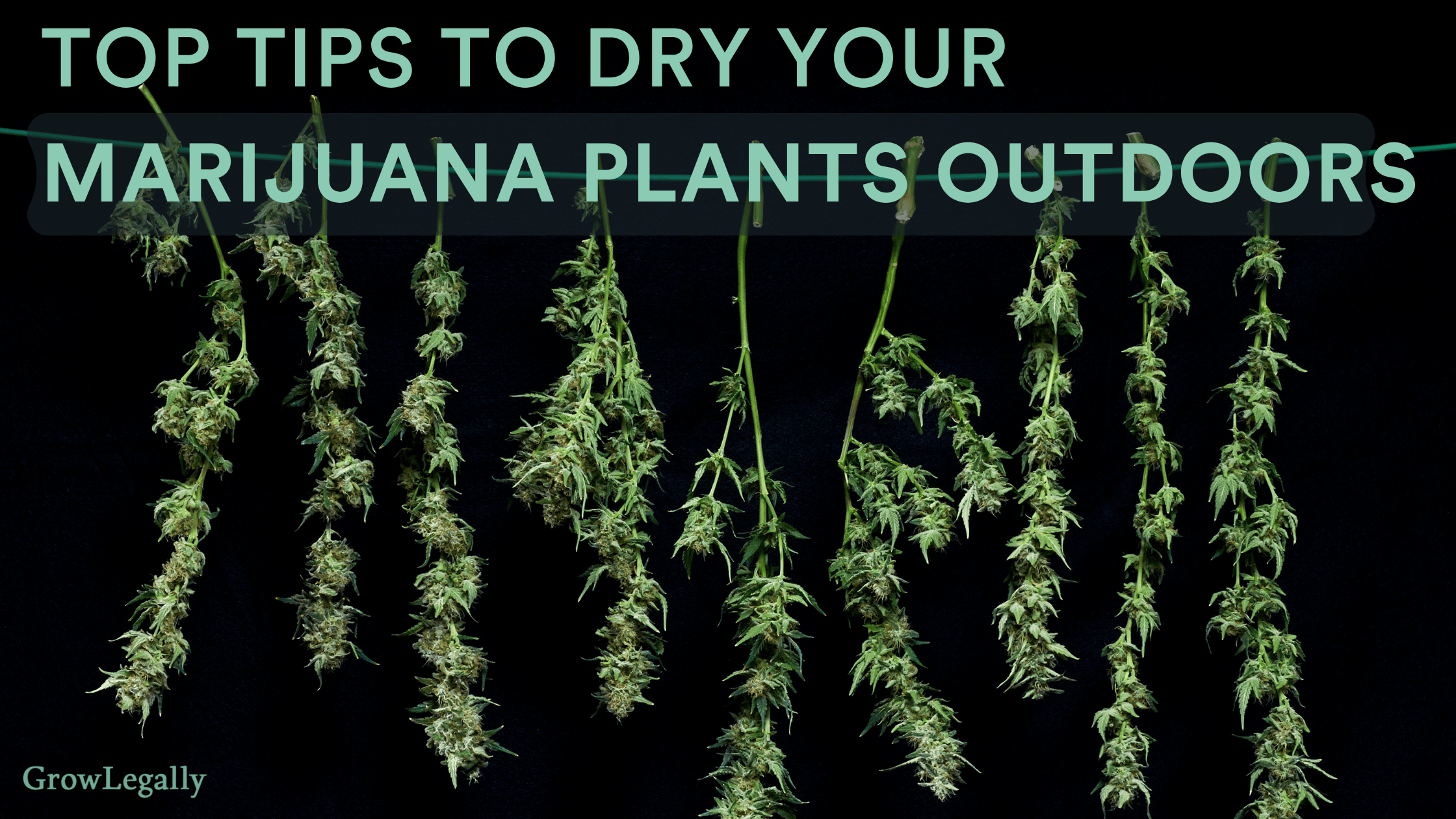

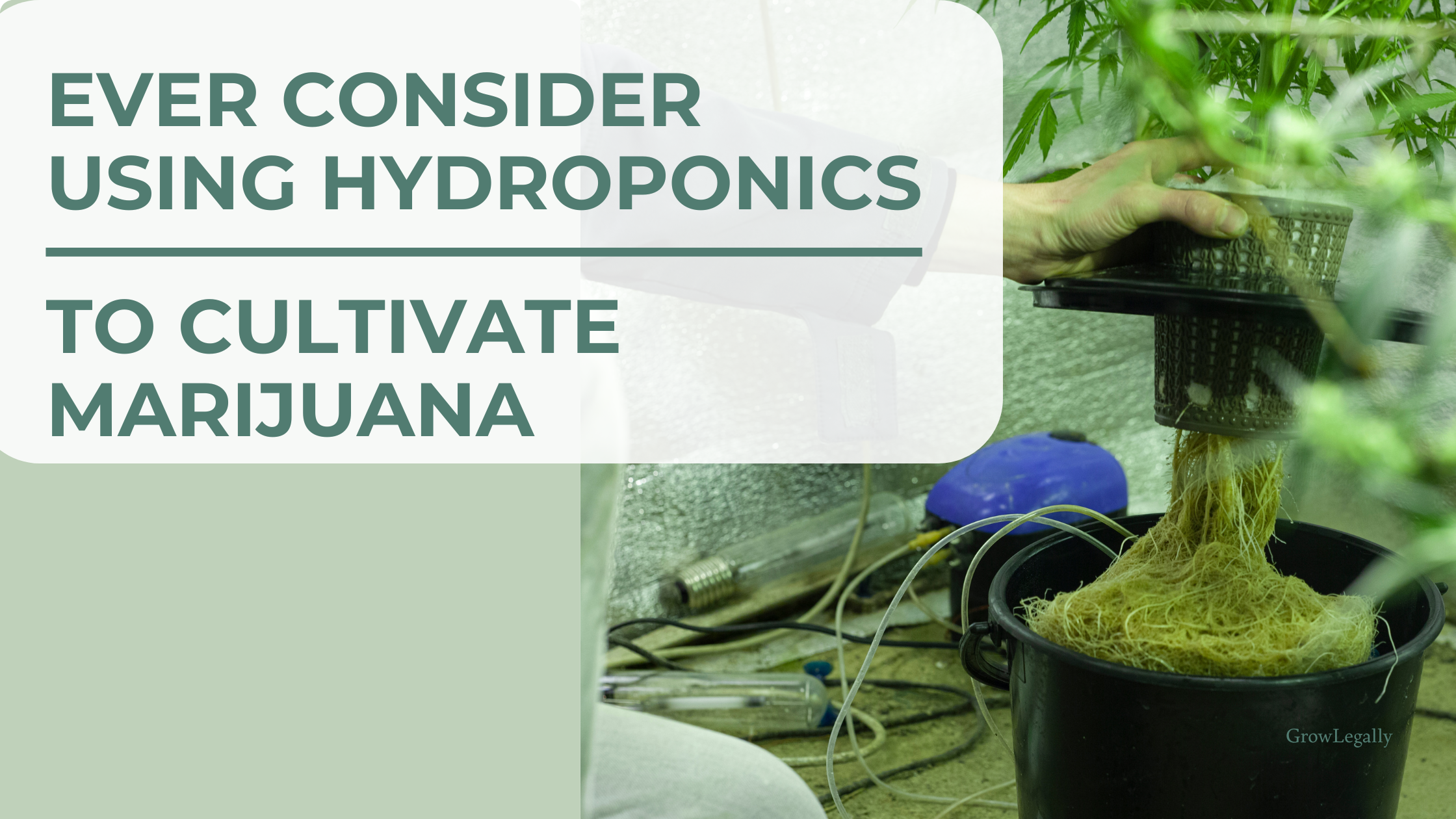
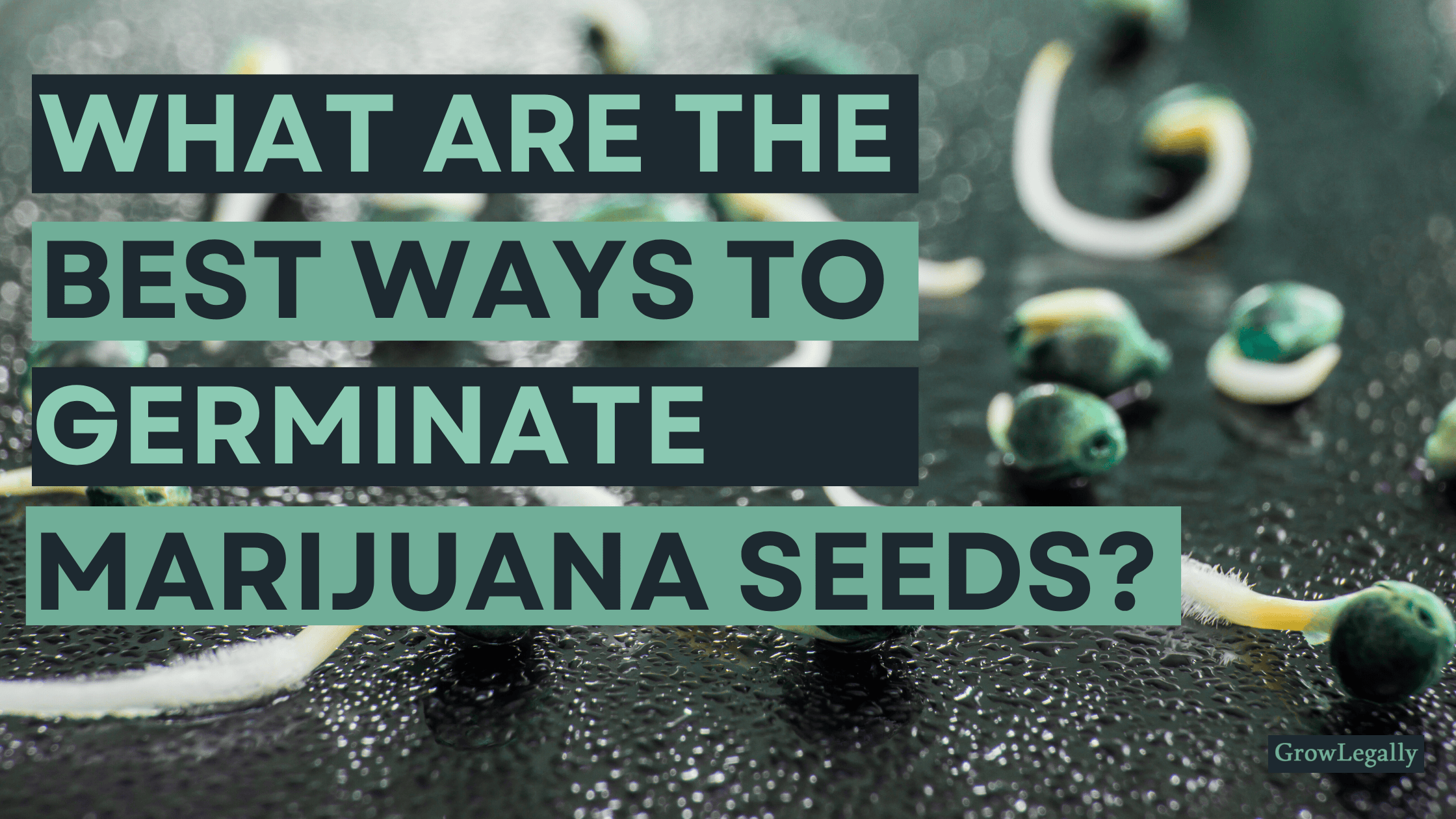
.png)
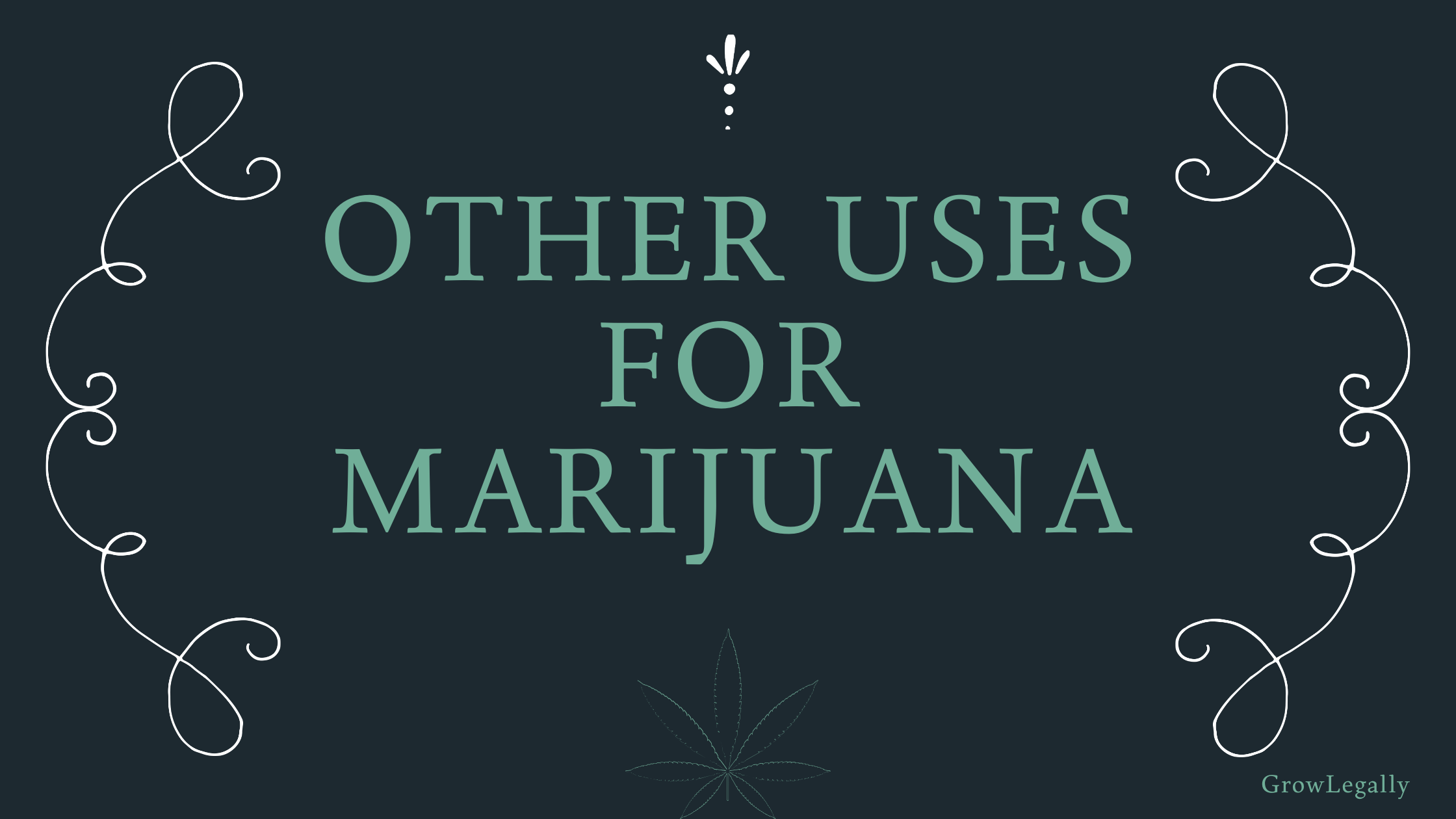


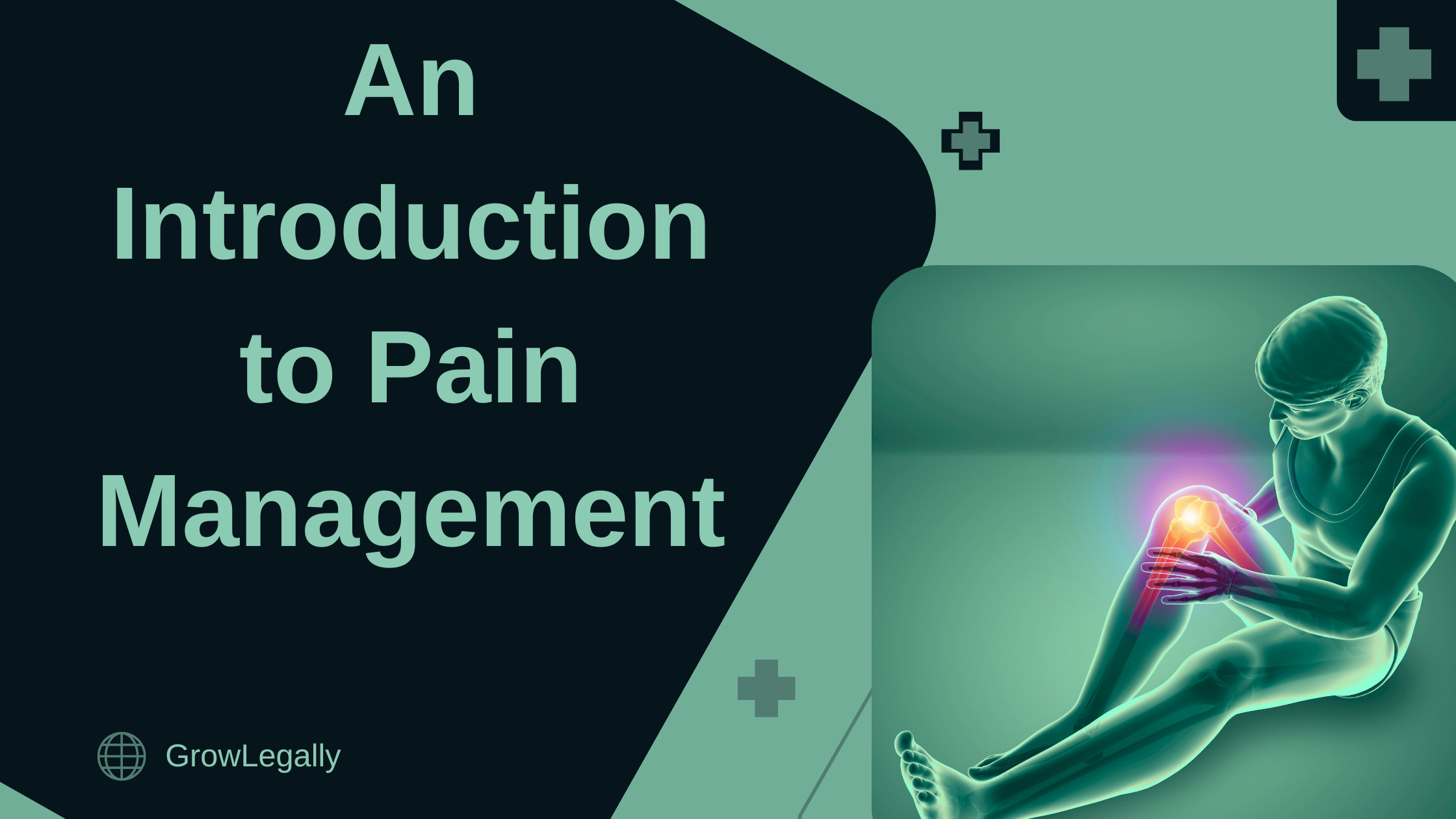
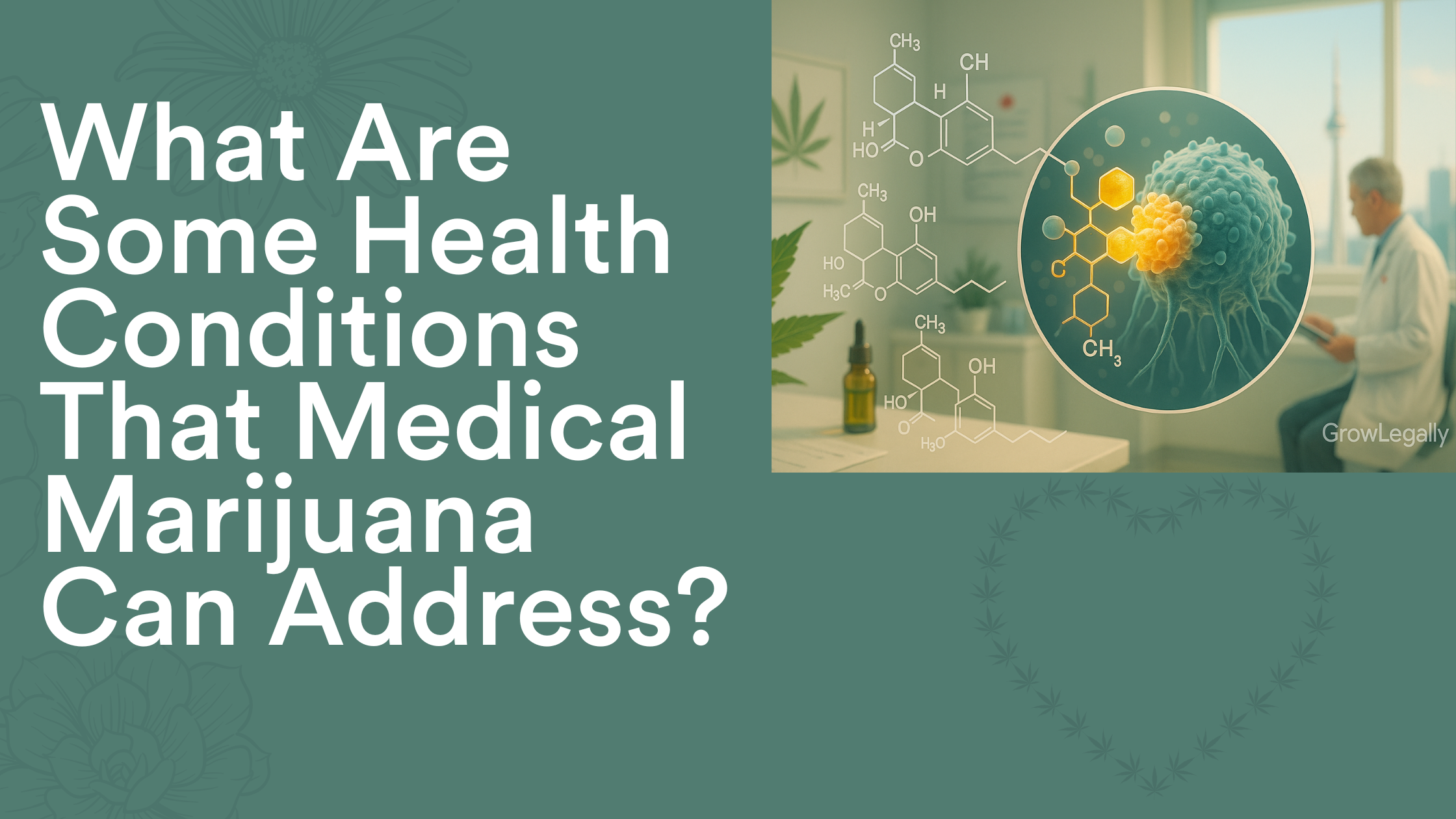
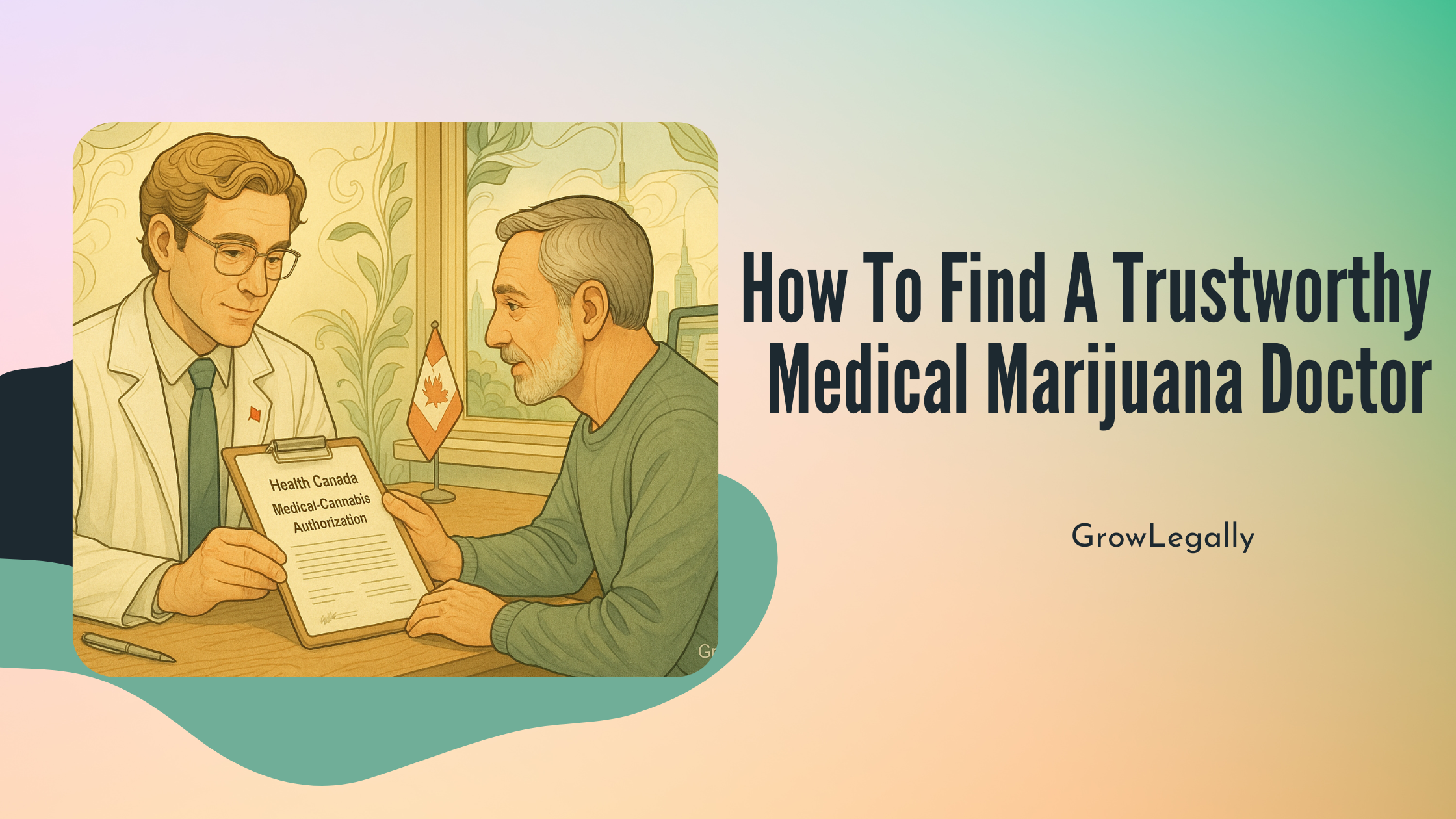
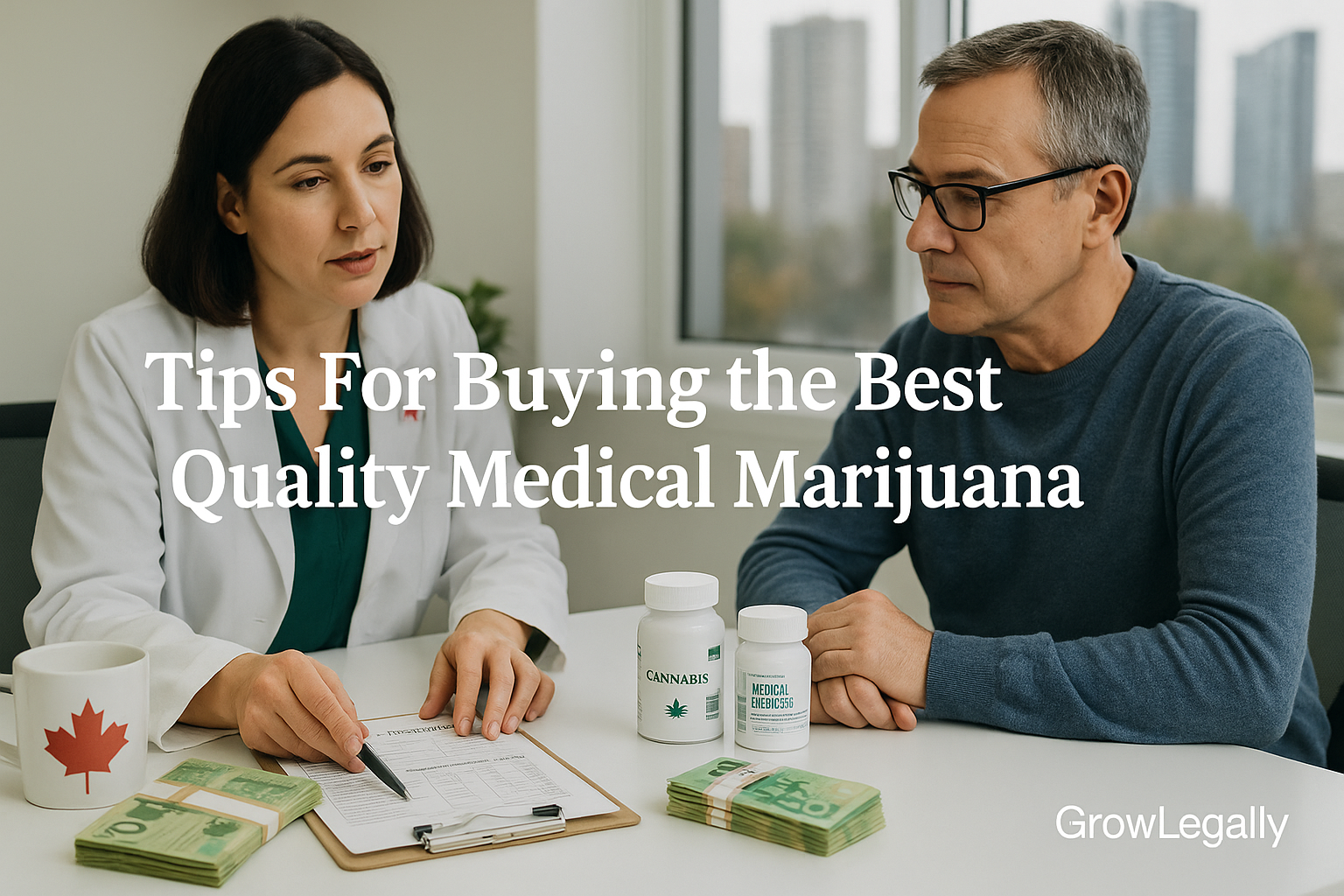
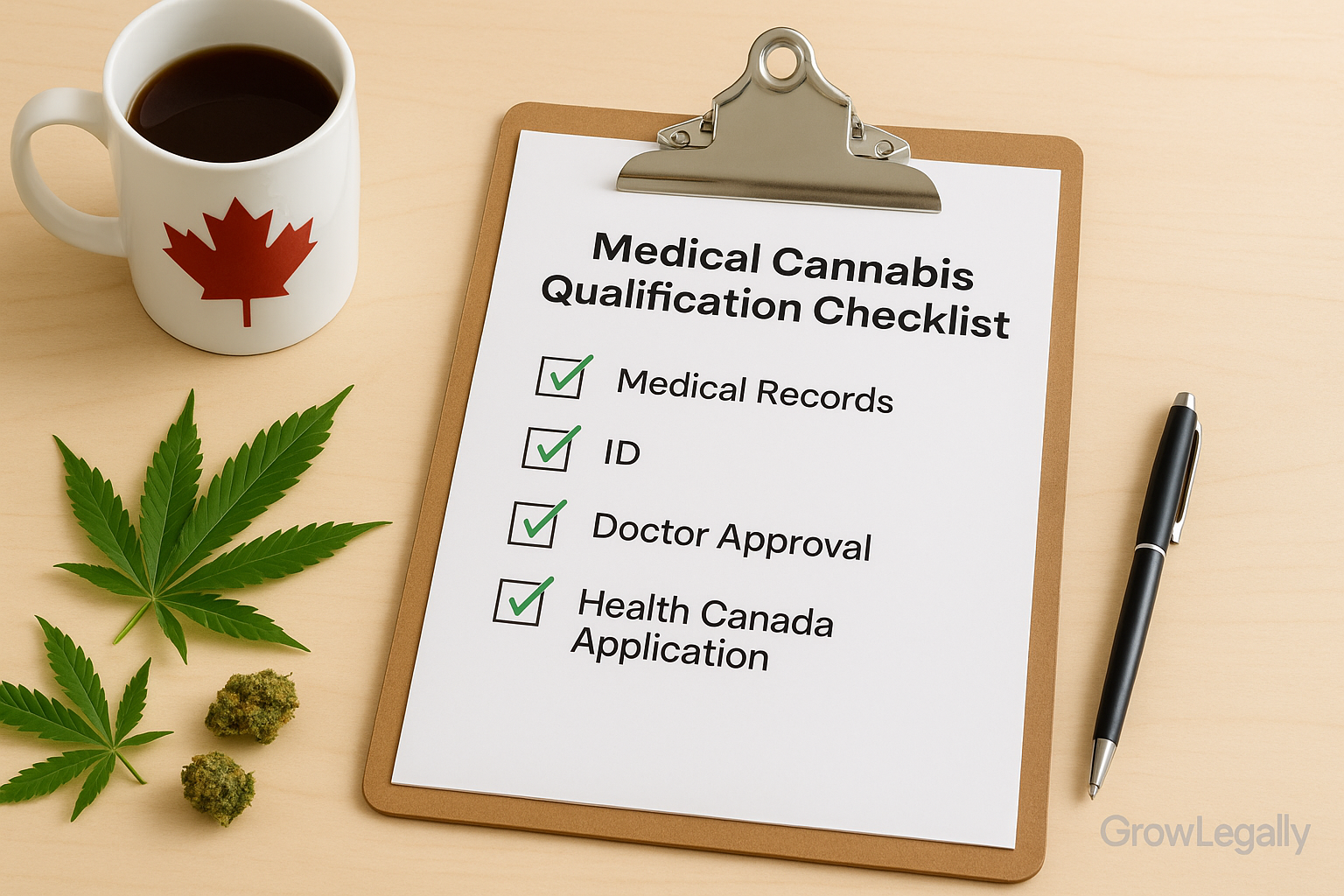
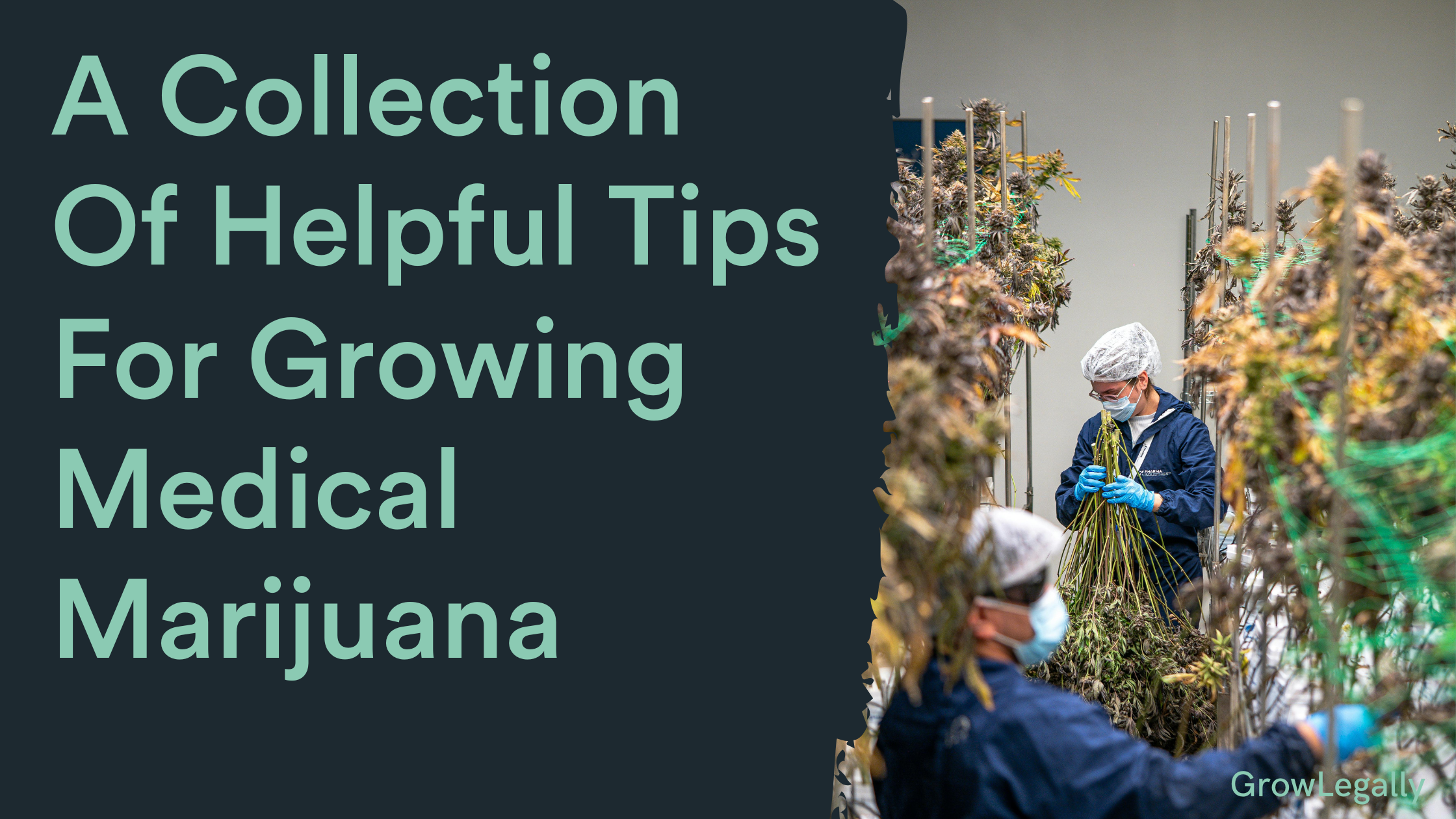
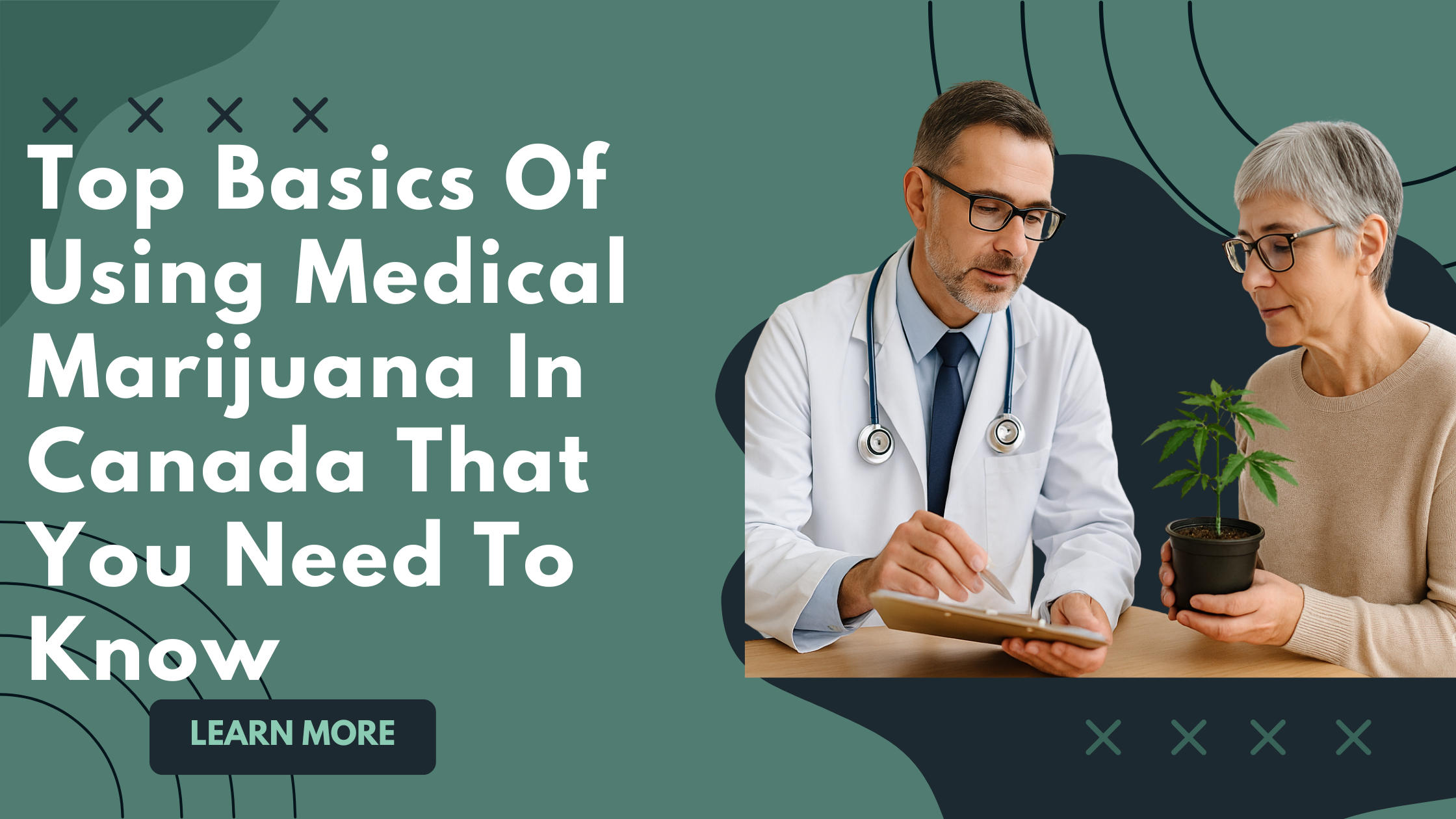
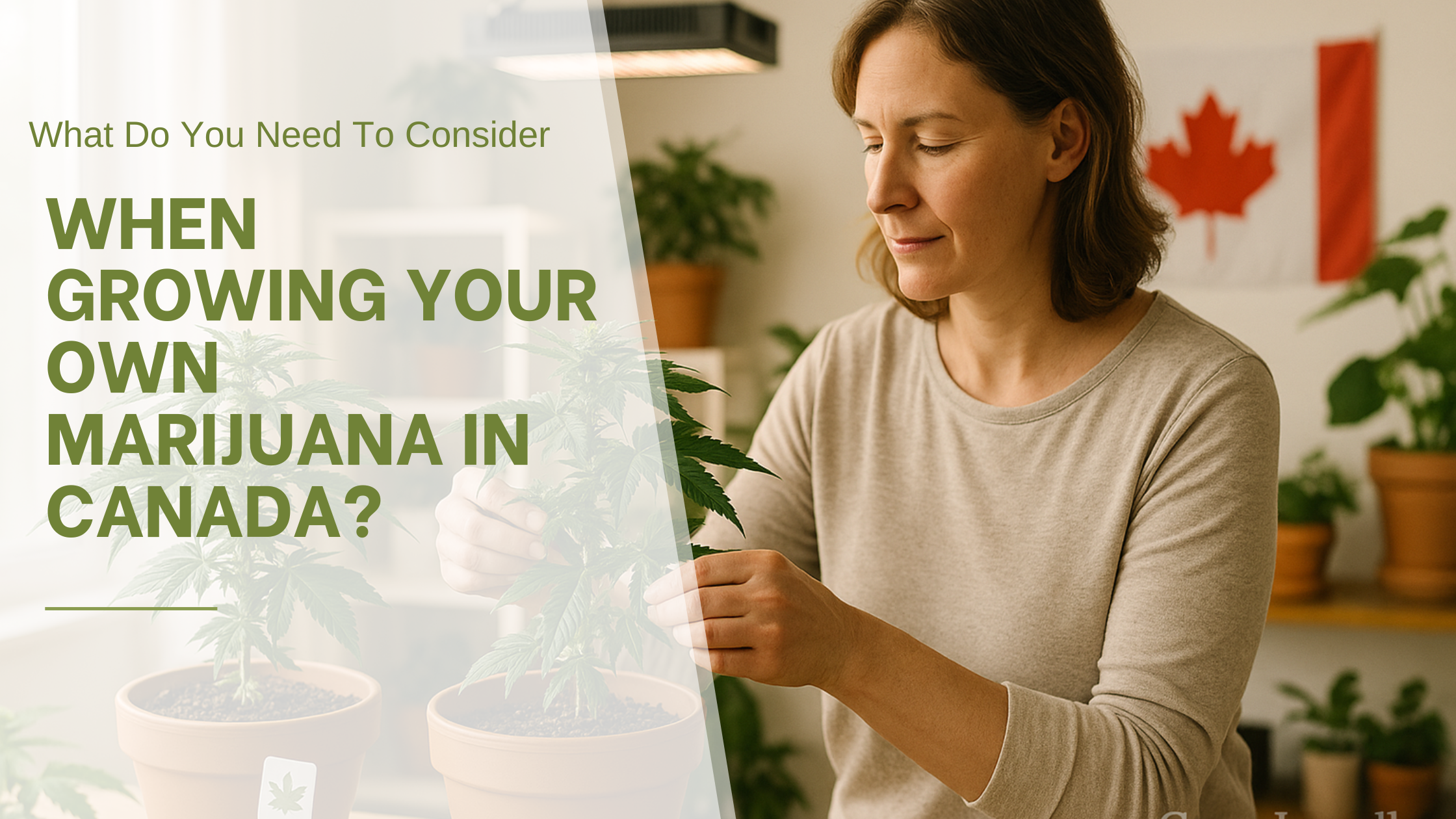


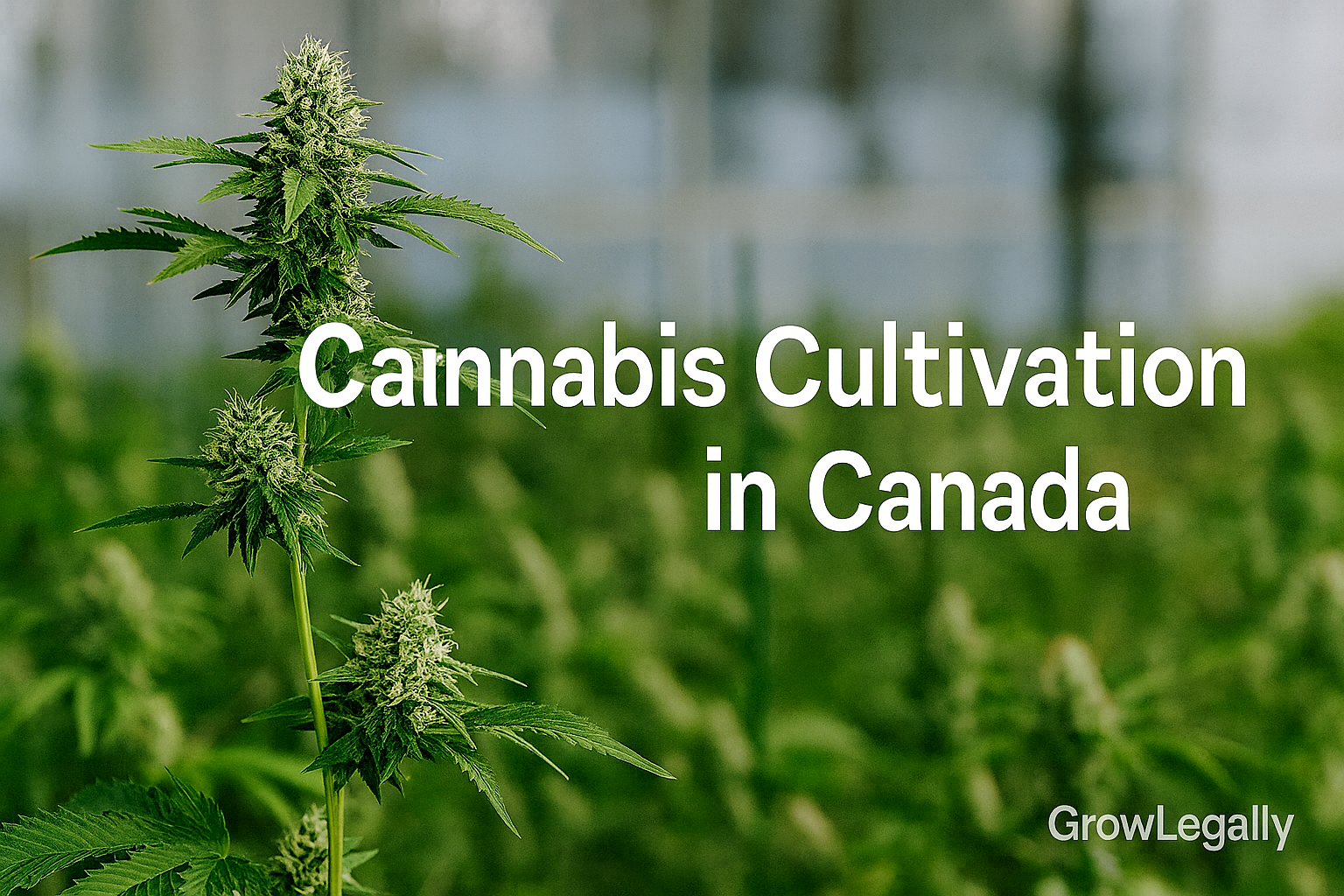
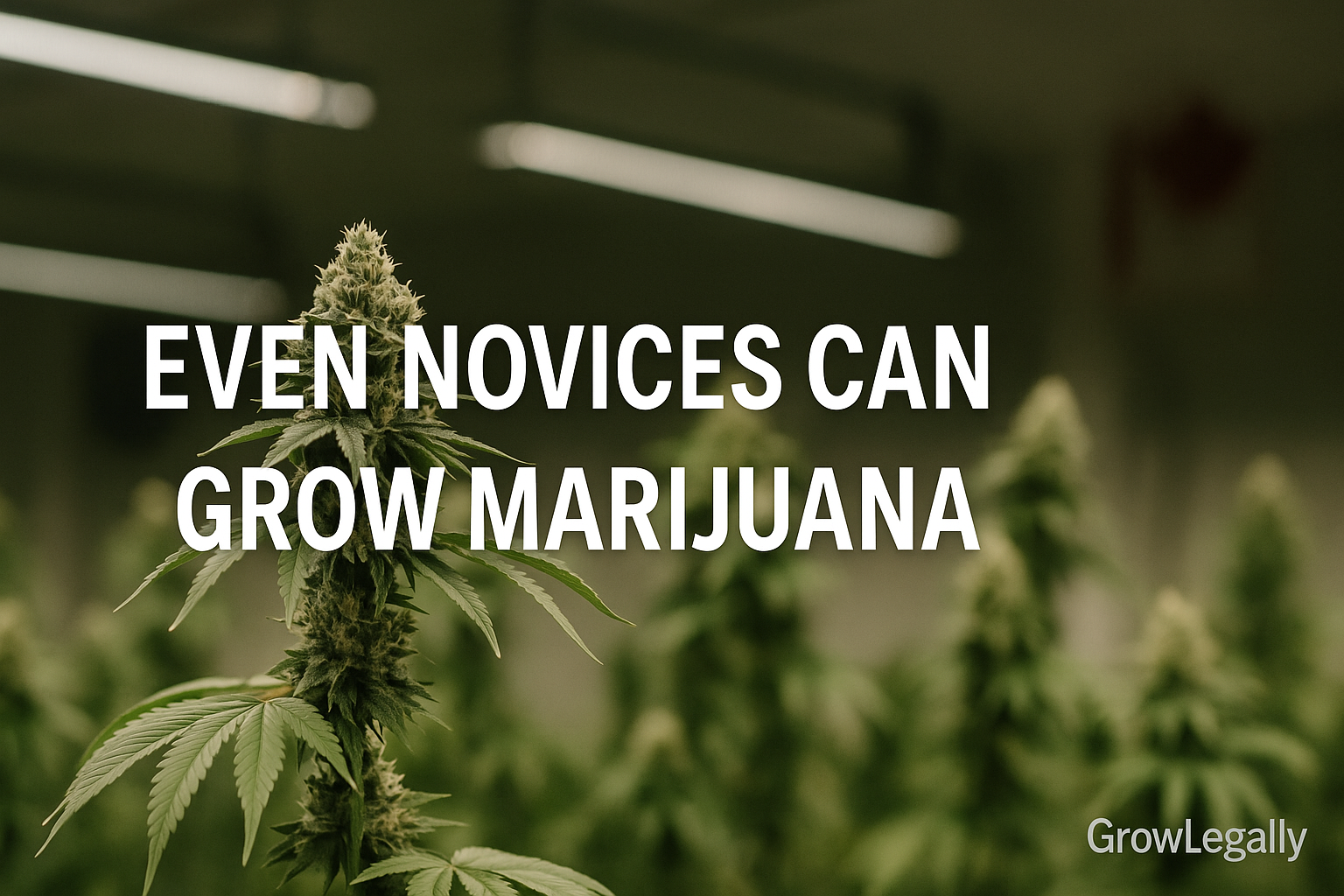


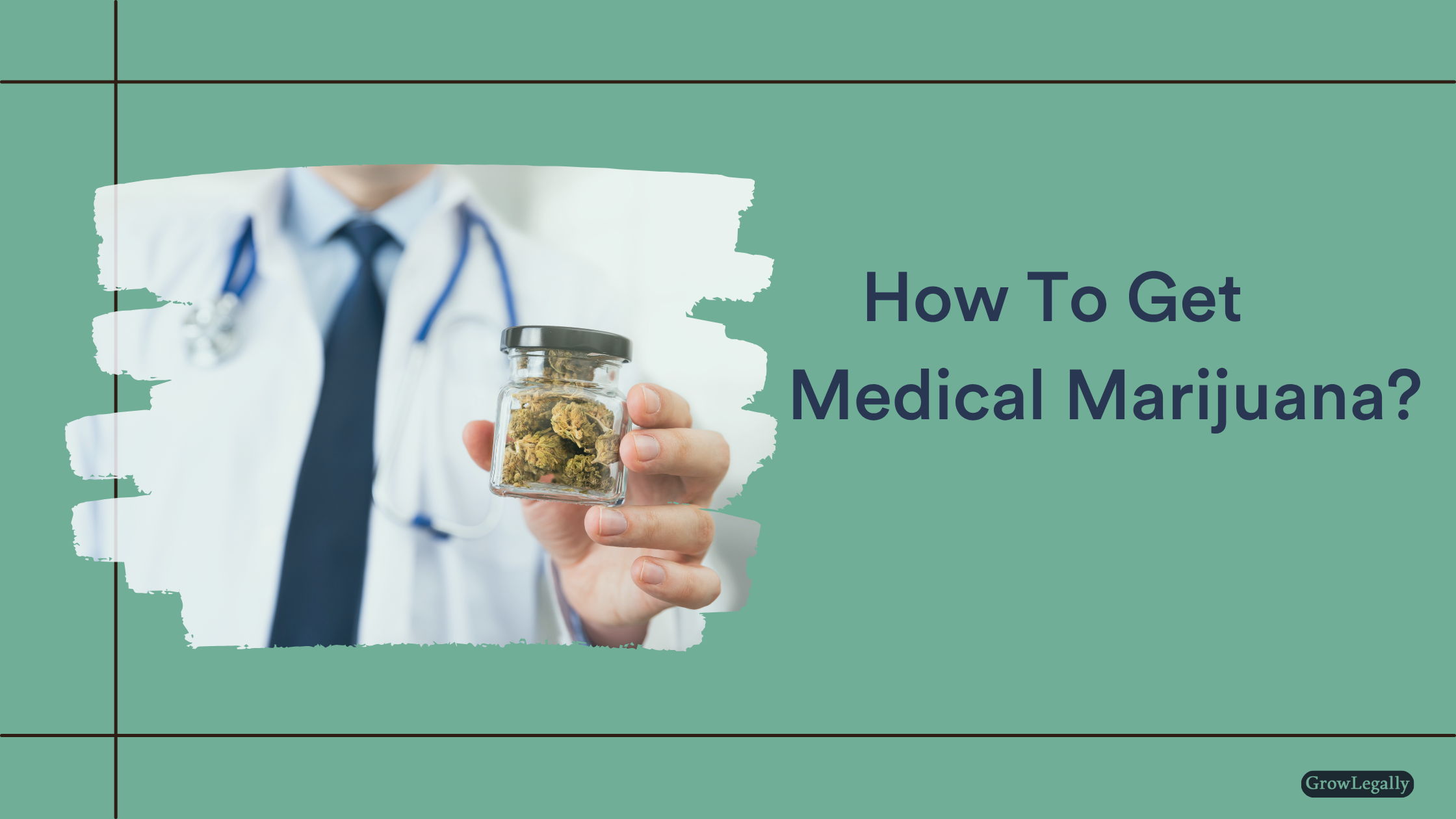

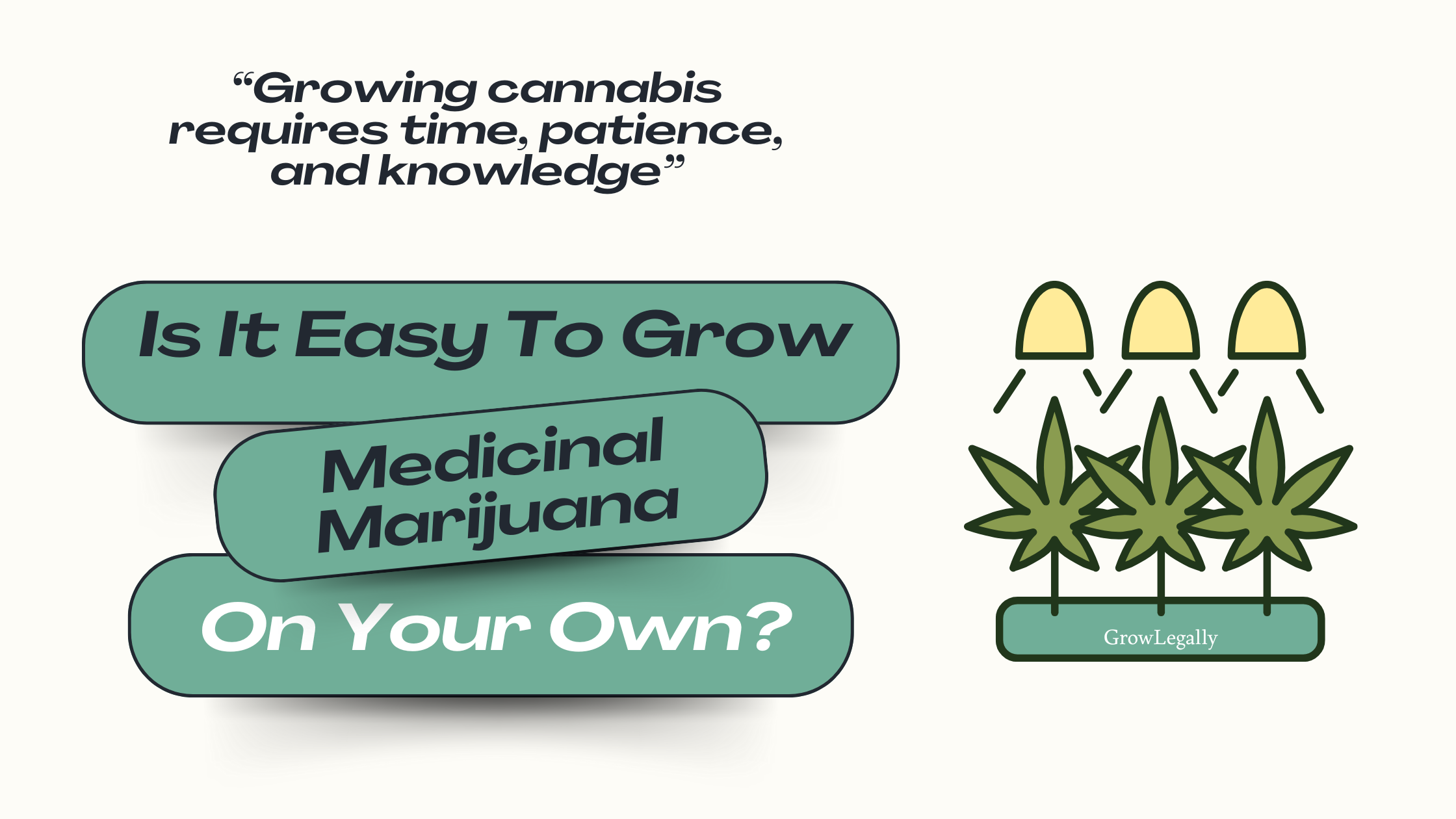






















.png)

















































.png)




























